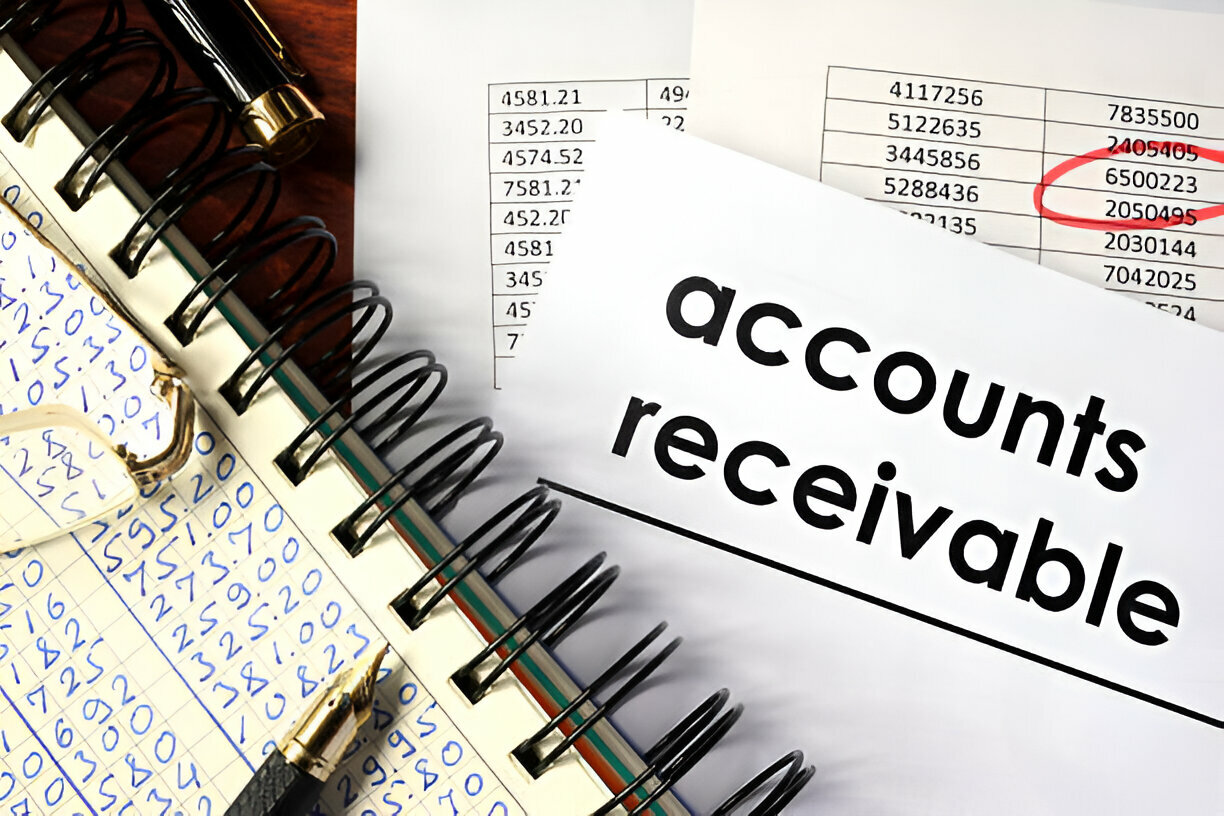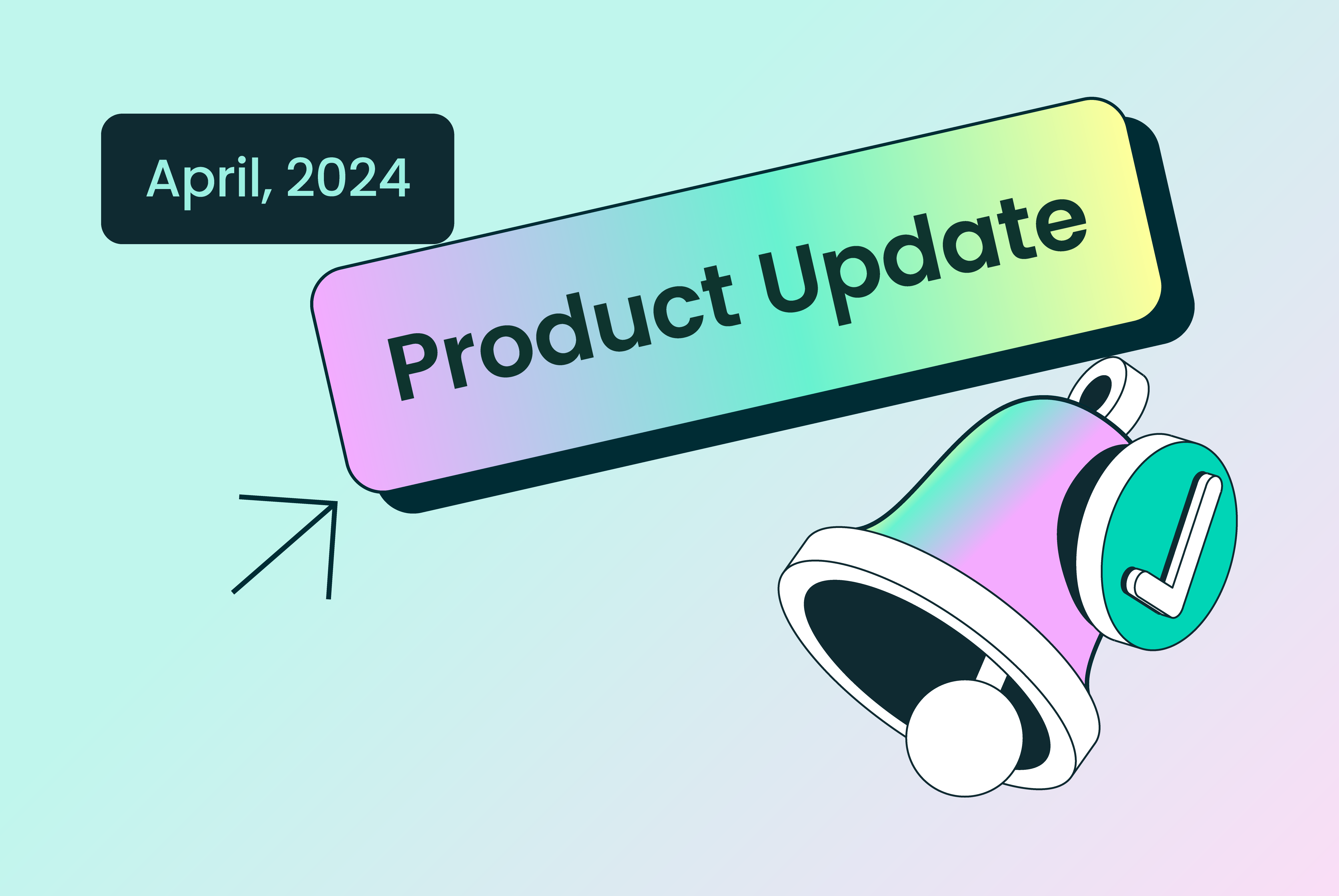Digitalisation has revolutionized various business processes, and one area that can greatly benefit from it is the procurement-to-pay (P2P) process. By leveraging digital technologies, organizations can streamline and optimize their P2P processes, leading to increased efficiency, cost savings, enhanced transparency, and improved supplier relationships. In this article, we will explore the steps involved in digitalizing the procurement-to-pay processes in detail, highlighting the key benefits along the way.
Automated Requisitioning
The first step in the digitalisation of P2P processes is to automate requisitioning. Implementing a user-friendly e-procurement system allows employees to submit their procurement requests electronically. These requests can be routed for approval through predefined workflows, reducing manual intervention and paper-based processes. Automation not only saves time but also ensures accuracy and consistency in requisitioning.
Supplier Management and E-Sourcing
Digitalisation enables efficient supplier management and e-sourcing. Implementing a centralized supplier management system allows organizations to maintain a comprehensive database of suppliers, their capabilities, and performance history. Additionally, e-sourcing platforms can facilitate the issuance of requests for proposals (RFPs), automate bidding processes, and enable effective supplier evaluation and selection. Digital platforms provide visibility into supplier performance, pricing, and terms, enabling organizations to make informed decisions.
Electronic Purchase Orders
Transitioning from manual purchase order creation to electronic purchase orders (POs) is a key step in digitalizing the P2P process. Electronic POs eliminate paperwork, reduce errors, and ensure faster processing and approvals. By integrating the e-procurement system with the organization’s financial management system, purchase orders can be generated automatically, and real-time tracking of PO status becomes possible.
Online Supplier Collaboration and Integration
Digitalisation of P2P processes allows for seamless collaboration and integration with suppliers. Implementing supplier portals or self-service platforms enables suppliers to submit electronic invoices, track payments, update their information, and communicate with the organization. These portals can also provide real-time visibility into inventory levels, delivery status, and invoice status, enhancing collaboration and minimizing discrepancies.
Electronic Invoicing and Invoice Processing
Digitalising the invoice process brings significant benefits to both buyers and suppliers. Electronic invoicing eliminates paper-based invoices, reduces manual data entry, and minimizes errors. With electronic invoicing, invoices can be validated and matched against purchase orders and receipts automatically. This streamlined process accelerates invoice processing, improves accuracy, and reduces processing costs.
Online Approval Workflows
Digitalization enables online approval workflows for purchase requisitions, purchase orders, and invoices. By implementing approval workflows within the e-procurement and financial systems, organizations can ensure that appropriate authorization is obtained at each stage of the P2P process. Online approval workflows enhance control, reduce processing time, and provide a clear audit trail for compliance and accountability.
Electronic Payment and Vendor Management
Digitalizing the payment process brings efficiency and transparency to the P2P cycle. Implementing electronic payment systems, such as the Duplo platform, simplifies the payment process, reduces manual handling, and enhances security and compliance with a full reconciliation/integration setup. Additionally, organizations can leverage vendor management systems to automate payment reconciliation, track vendor performance, and manage vendor relationships more effectively.
Data Analytics and Reporting
Digitalization provides access to rich data, which can be leveraged for data analytics and reporting. Implementing analytics tools and dashboards allows organizations to gain insights into spending patterns, supplier performance, and process bottlenecks. These insights enable data-driven decision-making, identification of cost-saving opportunities, and continuous improvement of the P2P process.
Digitalizing the procurement-to-pay processes brings numerous advantages to organizations, including increased efficiency, cost savings, enhanced transparency, and improved supplier relationships. By automating requisitioning, adopting e-sourcing platforms, implementing electronic purchase orders and invoicing, enabling online approval workflows, and leveraging data analytics, organizations can streamline their P2P processes and drive operational excellence. Embracing digitalization in procurement to pay is a strategic move that positions organizations for increased agility, competitiveness, and sustainable growth in the digital era. Get started now with Duplo




